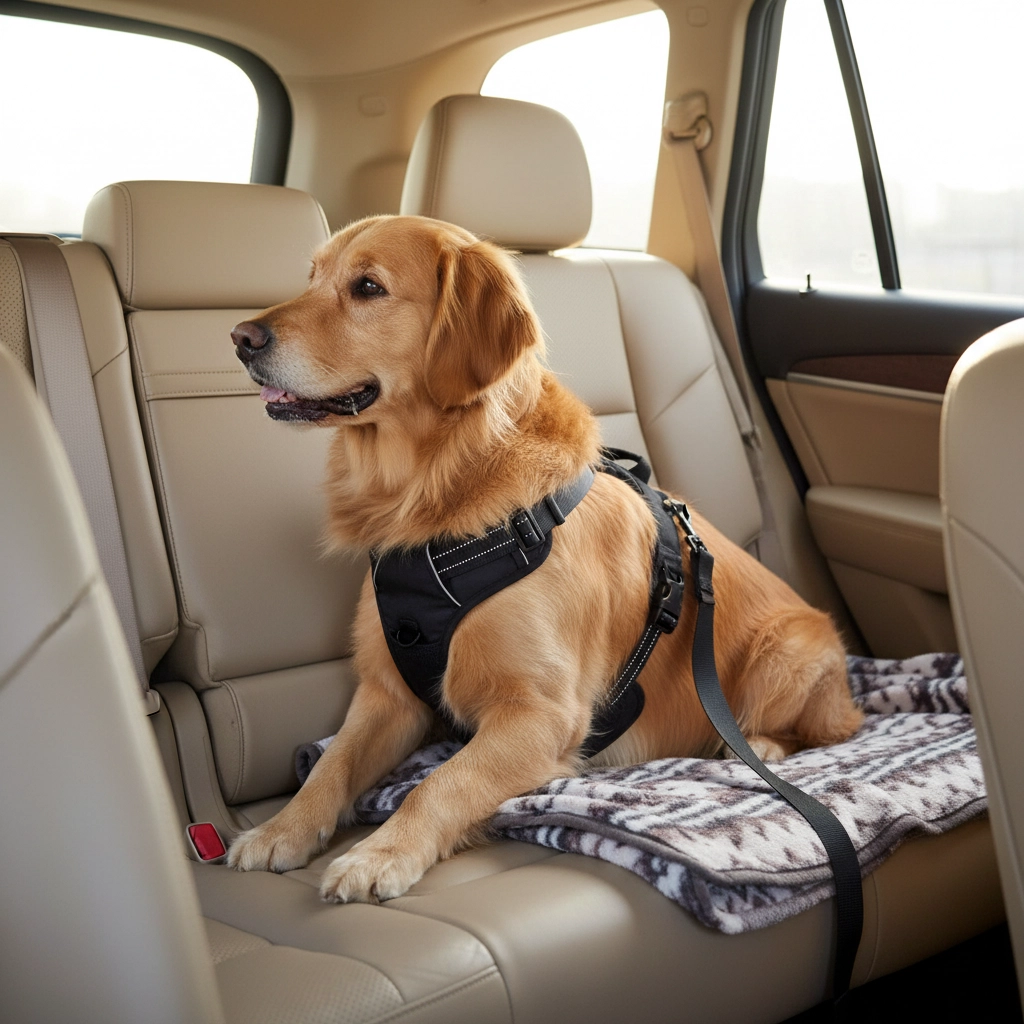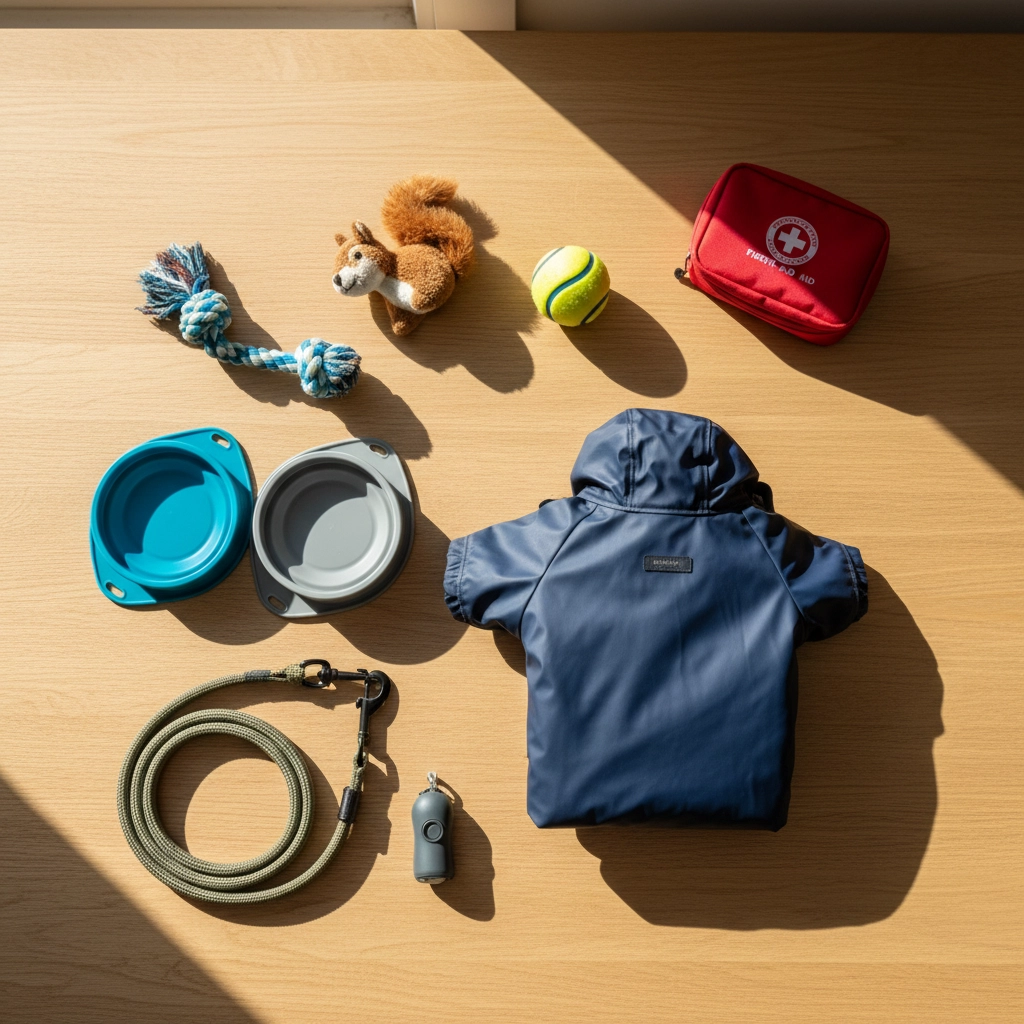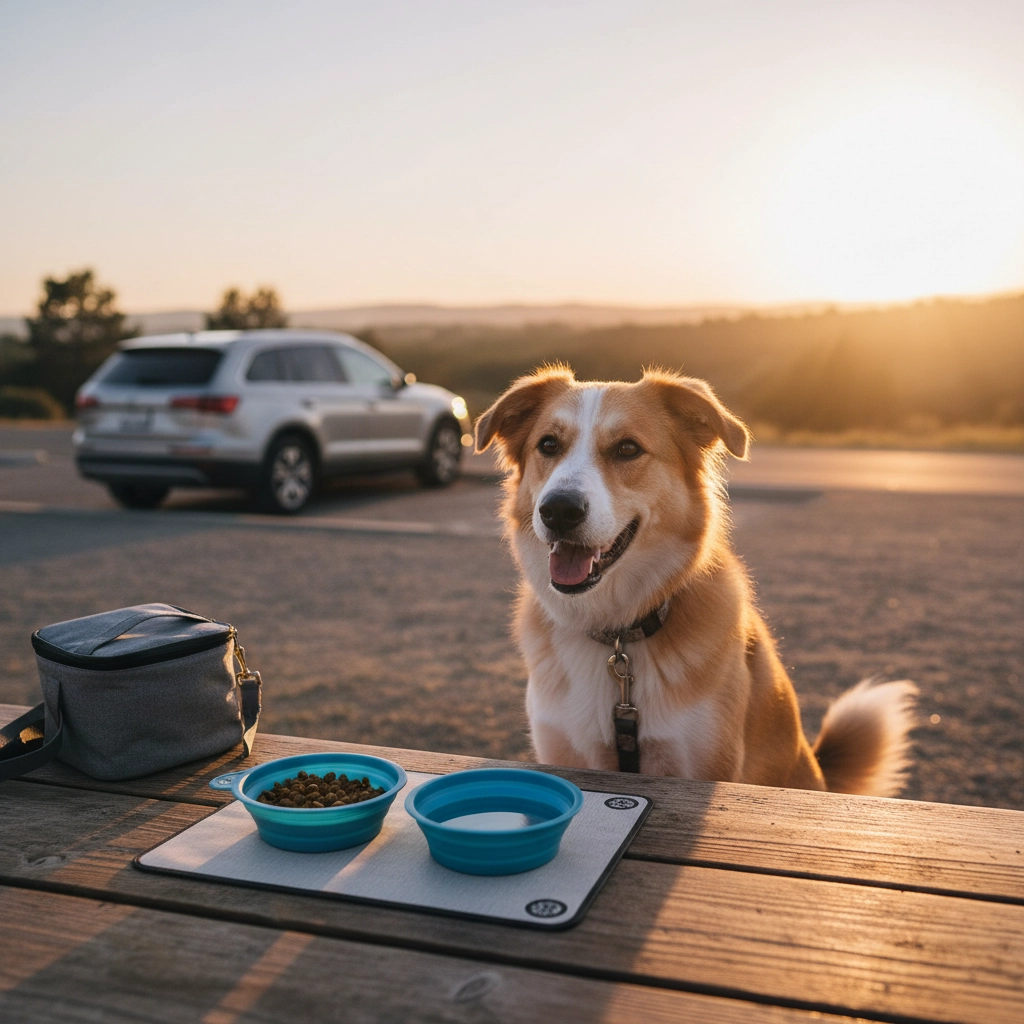Planning a road trip or flight with your furry family member? We're thrilled you're including them in your adventures! However, many pet parents make critical safety mistakes that can turn a fun journey into a stressful: or even dangerous: situation.
Don't worry: we've got your back. After helping countless pet families travel safely, we've identified the most common pitfalls and exactly how to fix them. Let's dive into the seven biggest mistakes you might be making and transform your next trip into a smooth, secure adventure for everyone.
Mistake #1: Letting Your Pet Roam Free in the Vehicle
We get it: your dog loves sticking their head out the window, and those adorable travel photos are Instagram gold. But here's the reality: an unrestrained pet becomes a dangerous projectile during sudden stops, sharp turns, or accidents. Even a 10-pound dog can exert 300 pounds of force in a crash.
The Fix: Invest in proper restraint equipment. Use a crash-tested harness that attaches to your seat belt system, or secure a well-ventilated travel crate in your vehicle. The crate should be large enough for your pet to stand and turn around comfortably, but not so large they get tossed around during travel.
For smaller pets, consider a luxury travel carrier that combines safety with style. Quality carriers provide security while keeping your pet close and comfortable.

Mistake #2: Forgetting to Update Identification and Documents
Here's a scenario that keeps us up at night: you're 800 km from home, and your pet bolts from the hotel. The ID tag still shows your old phone number, and you can't remember if the microchip information is current.
The Fix: Before any trip, update all identification. Check that ID tags have your current Canadian phone number: preferably your cell phone since you'll have it with you. Verify your microchip registration with a Canadian registry such as the EIDAP National Pet Registry or PetLynx, and ensure your contact details use Canadian phone numbers.
Create a travel folder (digital and physical) with recent photos, vaccination records, microchip information, and your veterinarian's contact details. Store copies in separate locations and share them with your travel companions.
Mistake #3: Leaving Your Pet Alone in the Vehicle
Even on mild days, car interiors heat up rapidly. On a mild 21°C day, your car interior can reach 40°C within 30 minutes. In winter, vehicles become freezers. Beyond temperature dangers, stressed pets can escape through partially opened windows or damage your vehicle trying to get out.
The Fix: Plan your itinerary around pet-friendly stops. Use drive-throughs, curbside pickup, or take turns with travel companions so someone always stays with your pet. Research pet-friendly restaurants, attractions, and rest stops along your route.
Many businesses welcome well-behaved pets, so don't assume you need to leave them behind. When in doubt, call ahead and ask about their pet policy.
Mistake #4: Using Inadequate Travel Gear
Grabbing your pet's everyday collar and leash might seem sufficient, but travel demands specialized equipment. Regular bowls spill, everyday carriers aren't airline-approved, and standard leashes don't provide enough control in unfamiliar environments.
The Fix: Pack a dedicated travel kit with spill-proof water and food bowls, a sturdy travel leash (shorter than your everyday one), waste bags, familiar toys, and any medications. Include a pet first-aid kit with basic supplies.
For air travel, ensure your carrier meets airline specifications and book pet space when you book your ticket: airlines limit the number of pets per flight. Consider weather-appropriate clothing for your destination; a waterproof jacket can make outdoor adventures more comfortable in unexpected weather.

Mistake #5: Ignoring Weather and Climate Conditions
Your Golden Retriever might love snow, but that doesn't mean they're ready for a Quebec or Alberta prairie winter without proper protection. Similarly, brachycephalic breeds (flat-faced dogs like Bulldogs and Pugs) struggle in heat and humidity, making that Southern Ontario heat wave or B.C. Interior summer potentially dangerous.
The Fix: Research your destination's climate and plan accordingly. Pack weather-appropriate gear: cooling mats for hot climates, winter jackets for cold destinations. Plan activities during cooler parts of the day in hot weather, and limit outdoor time during temperature extremes.
Monitor weather forecasts throughout your trip and be flexible with your itinerary. That hiking trail can wait if conditions aren't safe for your pet.
Mistake #6: Disrupting Eating and Feeding Routines
Feeding your excited pup a big breakfast before hitting the road seems loving, but it often leads to car sickness. Similarly, completely changing their food routine can cause digestive upset that ruins everyone's trip.
The Fix: Serve a light meal 2-3 hours before departure. Pack your pet's regular food: calculate the number of travel days plus extra, since you might not find their brand at your destination.
Maintain regular feeding schedules as much as possible, and bring familiar treats for rewards and comfort. Carry collapsible bowls and plenty of fresh water, especially for longer journeys.
Avoid giving table scraps or new treats during travel, no matter how much those puppy eyes plead. Stick with familiar foods to keep their digestive system happy.

Mistake #7: Not Planning Pet-Friendly Accommodations and Activities
Assuming everywhere welcomes pets leads to uncomfortable surprises: like discovering your "pet-friendly" hotel charges $50 per night in pet fees, or learning the national park doesn't allow dogs on trails.
The Fix: Research and book pet-friendly accommodations well in advance. Read the fine print about pet policies, including size restrictions, additional fees, and rules about leaving pets alone in rooms.
Create a backup list of nearby alternatives in case your first choice falls through. Use apps and websites specifically designed for pet travel to find truly welcoming establishments.
Research your destination's pet policies for attractions, beaches, hiking trails, and public transportation. Some places require permits or have seasonal restrictions that could affect your plans.
Making Travel Safer and More Enjoyable
Avoiding these seven mistakes transforms travel from stressful to spectacular. Your pet picks up on your anxiety, so being prepared helps everyone relax and enjoy the journey.
Remember, every pet is different. While some dogs love car rides, others need time to adjust. Start with shorter trips to build confidence, and always prioritize your pet's comfort and safety over your itinerary.
We're here to help make every adventure with your furry family member unforgettable for all the right reasons. Don't hesitate to reach out if you need recommendations for travel gear or have questions about keeping your pet safe on the road.
Safe travels, and we can't wait to hear about your next adventure together!


